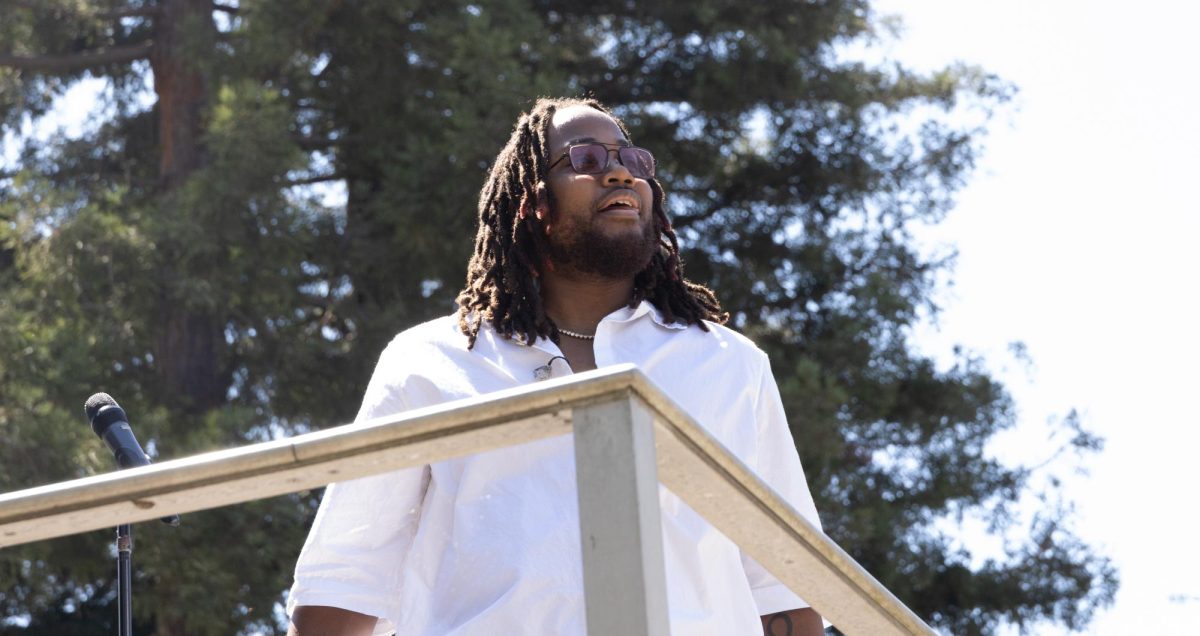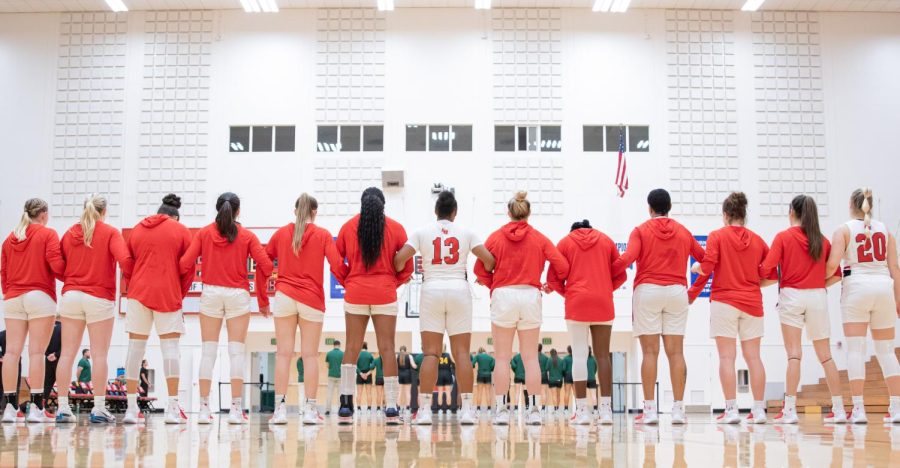Amy ‘Ace’ Anderson waits for the right moment, steps off the curb and
calmly walks into oncoming traffic. Donning a bright orange
construction jacket for safety, she stretches out her arms to
approaching cars, becoming a human stop sign.
Once the street comes to
a standstill, Anderson motions to the driver, who watches her from his
side-view mirror. The 20-ton truck slowly backs out of the reclaimed 1930s gas station, passing the biodiesel fuel pumps lined with solar
panels surrounded by dark green and purple ivy. As the driver shifts
into first gear, Anderson slips off her jacket and starts heading back
to the small office of light-brown bricks she works in. As the truck
rounds the corner of Ashby and Sacramento in Berkeley, the summer
breeze makes the yellow and lavender flowers sway next to the old,
wooden sign that reads: Biofuel Oasis.
“I’ve been working here for about four years,” Anderson says as she
leans back in her office chair. “It kind of happened on accident.”
T- shirts and posters line the top of the largest wall, each with
messages promoting local farmers and sustainable fuel. A red and black
image of an adult figure and a child riding a skateboard together and holding hands hangs above the doorway. Next to the child’s helmet rests a simple caption – Ditch the Car.
“I was doing a lot of driving around the time the Gulf War started,” Anderson said, “and I felt awful every time I was at the pump for
petroleum. I heard that it was possible to make fuel out of vegetable
oil, so I started making my own biodiesel. I meet some people from
here, we became friends, they needed someone that could make
biodiesel, and I’ve been here ever since.”
The back room of the locally-owned biodiesel gas station doubles as a store for urban farming equipment. To the right are stacks of organic
chicken feed, beekeeping setups, and a honey extractor that costs $25
a day to rent. To the left are biodiesel fuel filters, special diesel oil
made in Germany, and an autographed picture of Willie Nelson, a
biodiesel fuel advocate. Along the far wall is a map of the United
States, marking biodiesel fuel stations all around the country.
The station’s trademark B99, or 99 percent biodiesel fuel, is made of
recycled or waste vegetable oil from restaurants all around the Bay
Area.
Biodiesel can be made from almost any natural plant oil,
including hemp seed oil, a well known medium in the biofuel industry.
Industrial hemp, a plant distinctly different from marijuana, is a
largely untapped resource for biodiesel fuel.
According to an industry study, if 10 percent of California’s agricultural cropland were dedicated to the production of hemp as an energy and fiber crop, California could produce 150 to 500 million gallons of ethanol per year. Dozens of states, including California, have introduced hemp legislation and resolutions, but federal law still prohibits it due to its association to its herbal strain of marijuana. Several proponents for hemp focus on its potential as a renewable source of energy, from electricity and heat to ethanol and biodiesel fuel.
Some opponents to
hemp argue it serves as an open door for legalizing marijuana, while
others lobby against its production as a means to protect their own
business interests. Though the debate over hemp’s legal status began several decades ago, it is merely a recent development in the history
of a plant that’s use dates back over 10,000 years.
The Tradition of Hemp
With archaeological evidence in the Middle East and China dating back
to the Stone Age, hemp was one of the first crops cultivated by
people. According to The Columbia History of the World, hemp was used
to develop the first textiles in Mesopotamia and was one of the plant fibers Ts’ai Lun of China used to invent paper.
For thousands of
years, international commerce was transported by ships that used hemp
sails and were controlled by hemp ropes. Up until 1883, industrial hemp was one of the largest agricultural crops in the world, including
the United States, and long after Christopher Columbus’ ships, each
equipped with hemp rope, landed in the New World, hemp played a
profound role in colonial America.
According to the USA Hemp Museum, the first cannabis law in the United States, founded in 1619 in Jamestown, VA, made growing hemp a legal
obligation for colonial farmers. George Washington and Thomas
Jefferson both grew large plantations of hemp that they would rotate with their tobacco crops. Benjamin Franklin used it to start one of
America’s first paper mills. Betsy Ross sewed the first flag of the
United States out of the finest, strongest fiber available: hemp. The
first copies of the Declaration of Independence and the Constitution
were written on hemp paper.
For over 200 years, hemp was the source
for the majority of fabrics, lighting oil, paper, fiber, and textiles
in the U.S., until it became illegal because of its association with
another varietal strain of cannabis: marijuana. In the early 1900s, anti-marijuana propaganda, the most famous of
which titled Reefer Madness, demonized cannabis use in American
society. Industries that produced alternative products to hemp, such
as cotton, effectively lobbied for cannabis to be made illegal.
After
the 1937 Marijuana Tax Act was passed, all strains of cannabis,
including industrial hemp, became illegal. During the last three years
of World War II, the U.S. government lifted the ban on hemp and
produced the video Hemp for Victory, encouraging local farmers to grow
as much hemp as possible to help the war effort. After the war ended,
the ban on hemp was reinstated and has been in place ever since.











